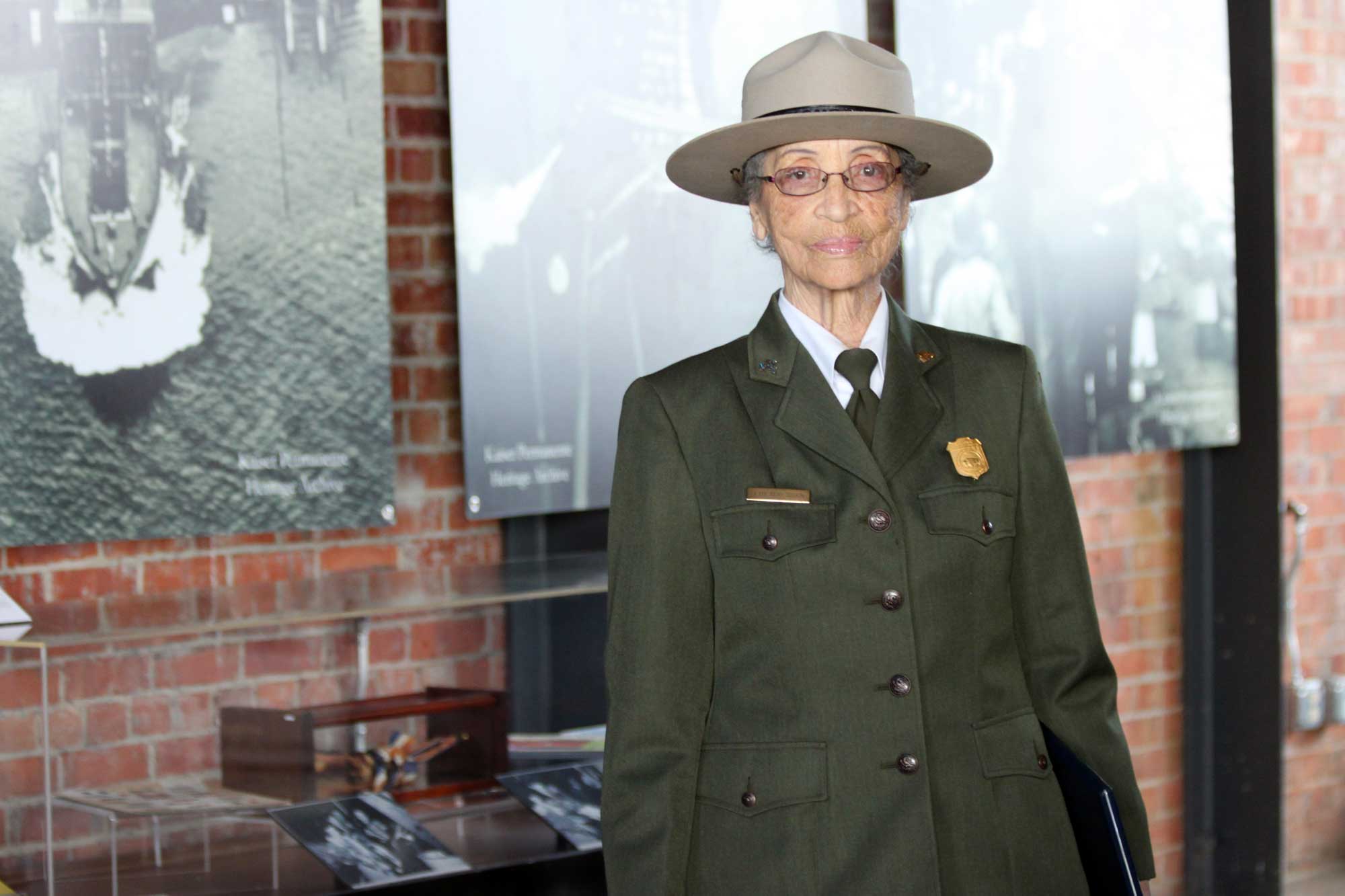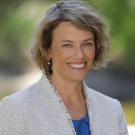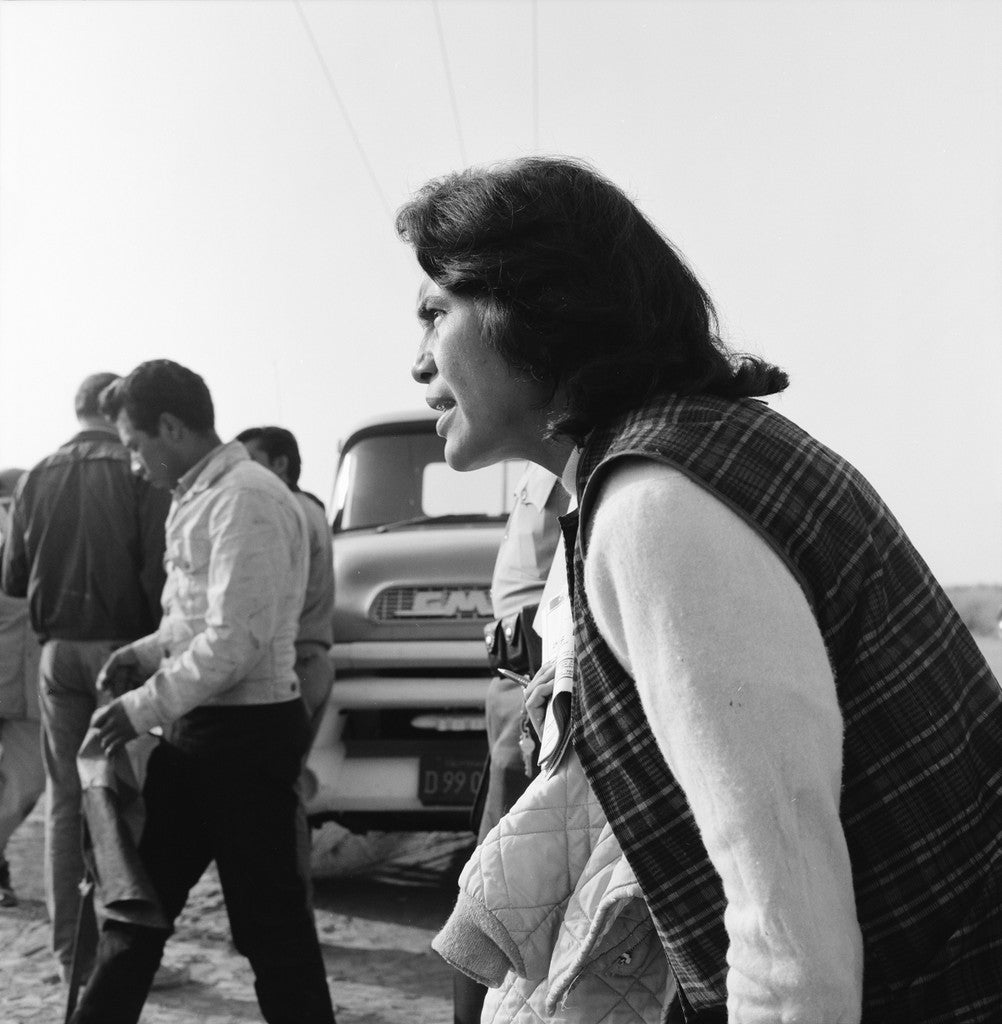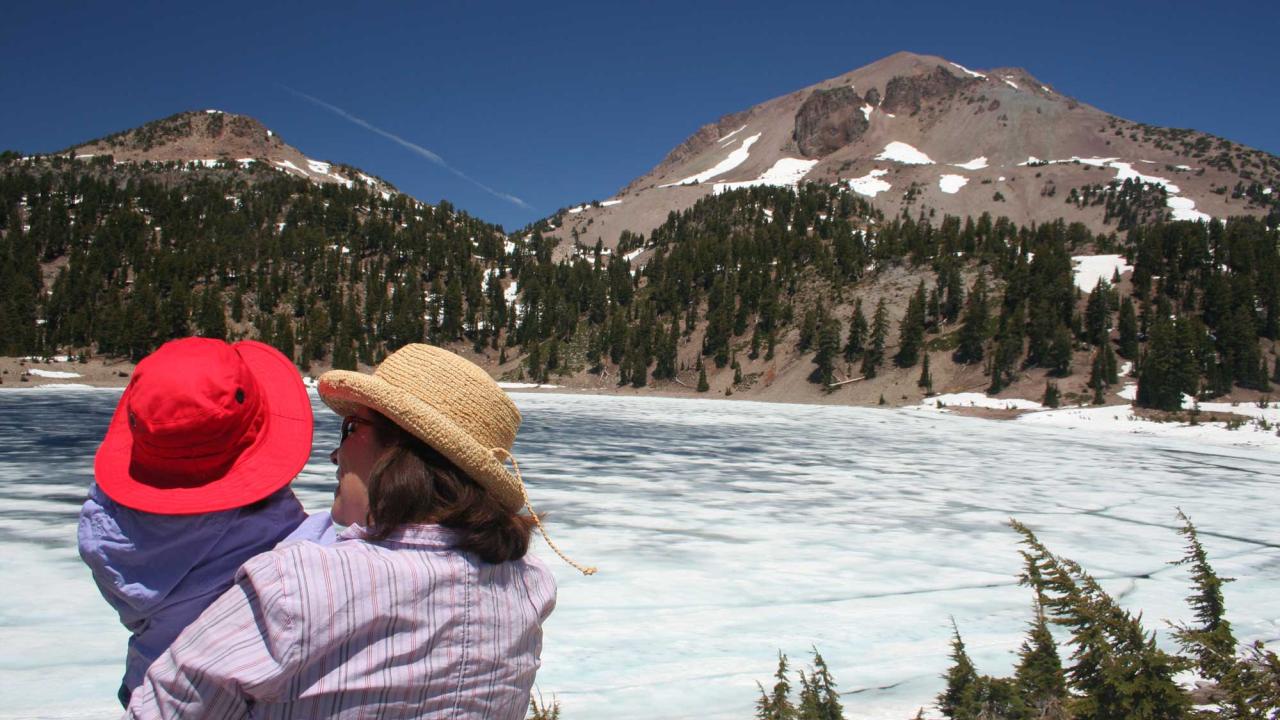Quick Summary
- Covers parks in Washington, Oregon, California, Nevada, Idaho, Arizona, Montana, Hawaii, Guam, the Northern Mariana Islands and American Samoa
- Collaborative effort produces 69 stories on women’s contributions to parks, told in digital format
- Material shared with other UC Davis history education initiatives
Visit most national parks, and you’ll see, read or hear about explorers, labor leaders or even some of the Native people whose homelands are part of park regions. But few of these stories, monuments or even trail signs feature women, especially Native women or other women of color, despite the roles women played in shaping the landscape and its uses.
Now historians from the University of California, Davis, have made the stories of the women previously missing from these narratives accessible to historians, park employees, resource centers and the general public for 64 National Park Service sites in the Pacific and Western United States, where the national parks began. The resources all are available online through National Park Service websites.
Coincidentally, the timing made it so the work in the two-year project was all done during COVID-19 shutdowns, when people didn’t have access to parks, at times, and many were working remotely.

Stories in digital format
“The perspective of the pandemic showed us how important it was to have this collaborative approach to research and publish women’s stories in a digital format,” said Lisa Materson, history professor, who worked on the project with another history professor, Ellen Hartigan-O’Connor, and UC Davis history graduate students Faith Bennett, Emma Chapman, Ellie Kaplan and Charlotte Hansen Terry.
“This was a way to bring the lived experience of diverse women to a large audience … to bring what we do as academics to the public,” added Hartigan-O’Connor.
There’s a lot more women out there whose stories need to be told, even if they didn’t have a building named for them. — Ellen Hartigan-O’Connor
Not only does the research serve the public, but it helps National Park Service historians and other staff add to their own resources and knowledge at each site.


The project was funded to commemorate the 100th anniversary of the 19th Amendment to the U.S. Constitution, which extended the national right to vote to women. The project was made possible through a $32,000 grant in 2020 from the National Park Service, which sought historians’ help after surveys of Americans indicated they wished they had learned more about women’s roles in U.S. history.
The UC Davis project consists of three elements, accessible online through NPS websites:
- An article written by the UC Davis historians, “Women, Gendered Power and Empire in the North American West and the Pacific,” which begins with an anecdote of how the World War II “Rosie the Riveter” archetype left out women of color. (Their participation is made clear at Rosie the Riveter World War II Home Front Historic Park site in Richmond, California.)
- Sixty-nine short biographies of women, representing the 64 sites in the region that includes Washington, Oregon, California, Nevada, Idaho, Arizona, Montana, Hawaii, Guam, the Northern Mariana Islands and American Samoa.
- A set of three story maps that provide a visual timeline linking women’s lives to key themes in the natural and cultural history of national parks.
The material is being shared, as well, with the UC Davis History Project and the California History-Social Science Project for use in educating K-12 teachers and making resources available in various workshops and website portals.
Variety of women portrayed

The women, living and dead, who are featured in the 69 stories and the sites they represent, include:
- Lillian Bernice Snooks, who was at the forefront of the late 20th-century campaign to preserve Atsugewi (Native to northeastern California) culture and traditions. She was part of an extended family of women who pursued this work at Lassen Volcanic Park and other sites in a concerted effort to reject the U.S. assimilation campaigns that they had endured as children.
- María Feliciana Arballo, who as a 25-year-old widow of Afro-Latina descent with two small children was one of about 40 women in the Anza expedition when it began its colonizing journey from Sonora, Mexico, to Alta California, or upper California, in 1775. Juan Bautista de Anza specifically recruited families for this expedition, which was meant to place a Spanish stronghold in California and populate the region with Spanish-descended settlers. (Juan Bautista de Anza National Historic Trail)
- Dolores Clara Fernández Huerta, co-founder, with César Chávez, of the National Farm Workers Association, who was born in 1930 in Dawson, New Mexico, and grew up in Stockton, California. Her organizing and activism has focused on improving the lives and working conditions of agricultural laborers, especially among Latinx and Chicanx communities in the United States. (César E. Chávez National Monument)
- Geraldine Kenui Bell, who was the first Native Hawaiian woman to be superintendent of a National Park Service unit, and actually oversaw the operation of two different parks in Hawaii simultaneously after working her way up through the ranks of the park system while still very young. Bell has advocated for the celebration and protection of Hawaiian culture for current and future generations of Kānaka Maoli (Native Hawaiians). As superintendent, she prioritized the repatriation of the iwi kupuna (ancestral bones) in the Pu‘uhonua O Hōnaunau’s museum accessions records. Bell worked with descendants, other Native Hawaiian organizations and the Hawaii Island Burial Council (which she later served on for eight years) to repatriate the iwi kupuna in a culturally respectful manner. (Kaloko-Honokōhau National Historic Park)
- Caro Luévanos-Garcia, who leads by example and social media to encourage hiking and other outdoor recreation among Latinx communities, especially middle-age and senior populations. The Sequoia and Kings Canyon National Parks helped to inspire her advocacy work. Luévanos-Garcia’s story demonstrates how experiencing national parks can transform individuals’ relationships with nature, as well as how visitors are claiming their own places of belonging in the parks.
